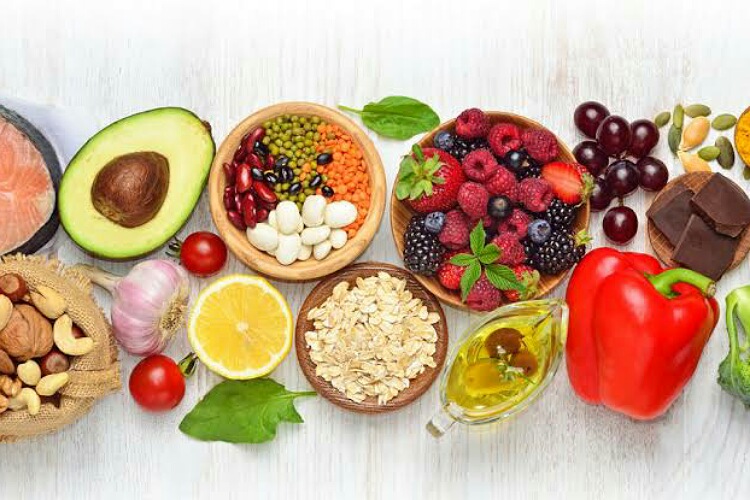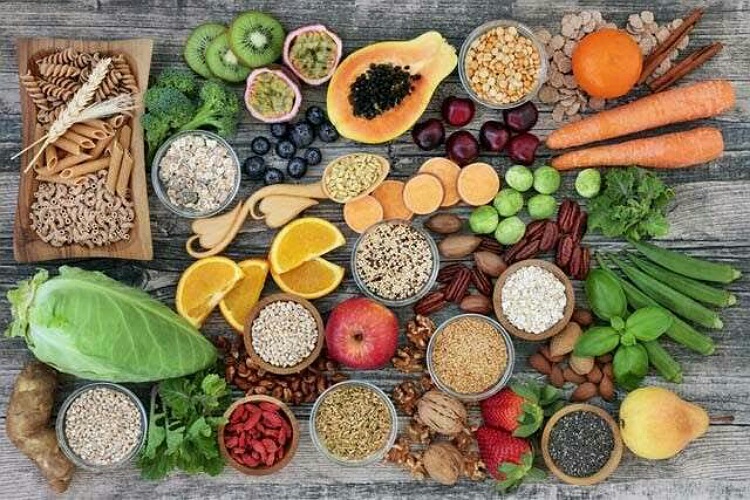The Pritikin diet was a hit in the 1970s and continues to remain popular now. This aims for weight loss and also helps heart health.
What is a Pritikin diet? What foods are allowed? Which foods are restricted? Is it a healthy diet?
Pritikin diet: the origin
Nathan Pritikin started this diet in the 1970s. He stressed diet and exercise and a healthy lifestyle to lose weight and help the heart. In it, the focus is low-fat and high-fiber unprocessed foods along with a daily exercise regime.
But ironically, Nathan was neither a medical doctor nor a health expert.
He learned things on his own by observation during World War II. He also had experienced health issues and he incorporated his way of handling them successfully into this diet program.

Nathan had heart disease. He had read that it is due to the high stress of life. But during the war days despite the high stress, heart diseases were less.
He analyzed and realized that food during the war was less in fat and calories.
Putting these observations together, he treated his heart conditions with exercise and a low-fat diet and it improved. Later, he published books on it and also opened a center in California.
The Pritikin Program
There are three components of this diet program: diet, exercise, and a healthy mind and body.
The diet allows low fats and high-fiber, unprocessed foods. Complex carbs should contribute 65 to 75% of calories, proteins should give 15 to 20% of calories, and fats 10 to 15 %.
Traffic signals like Go, caution and stop foods exist. The go foods are fruits, vegetables, whole grains, legumes, starchy vegetables, fish, lean protein, and also low-fat, calcium-containing foods such as fat-free yogurt.

And there are cautious foods that the dieter should consume in moderate amounts. These include refined sugars, oils, and refined grains. The stop foods should be avoided. One can have them just once a month.
These are animal saturated fats such as butter, tropical oils such as coconut oil, processed oil forms such as hydrogenated margarine, organ meat, processed meat, processed treats, and whole-fat milk and milk products.
Exercise and more…
These cover three areas. They are cardiovascular conditioning with aerobics, strength training, and flexibility exercises such as stretching. The centers dealing with this diet teach these exercises to people.
Most of these exercise plans are tailor-made to suit the dieter. For a healthy body and mind, stress is on destressing the person. The person is taught how to control anxiety and tension.
This is so because it is strongly and rightly believed that stress can cause a long-term effect on the physical and mental well-being of the person. Managing stress can lead to greater health.
Various therapies are present to tackle chronic stress. These include cognitive and behavioral practices, relaxation training, and cognitive behavior therapy.

Read more: What is a raw food diet? What are its advantages and risks?
If we go through the whole program, we see that this diet would seem to be the healthiest diet of all. It has a well-balanced diet plan with a focus on exercise and destressing programs.
